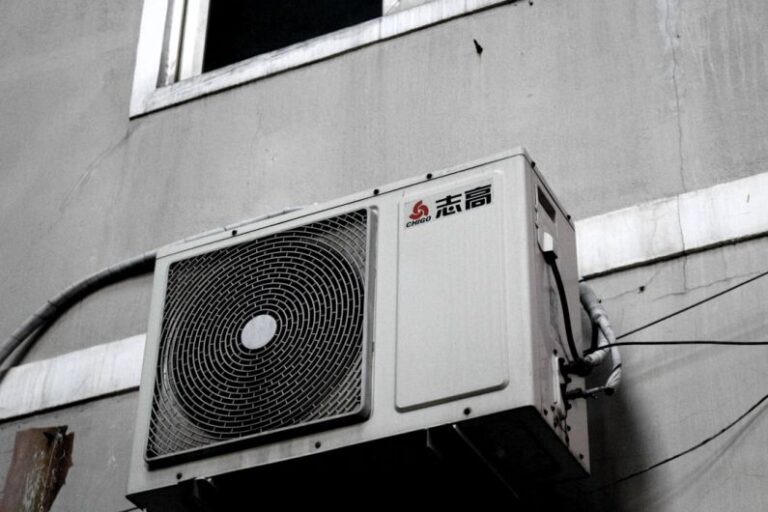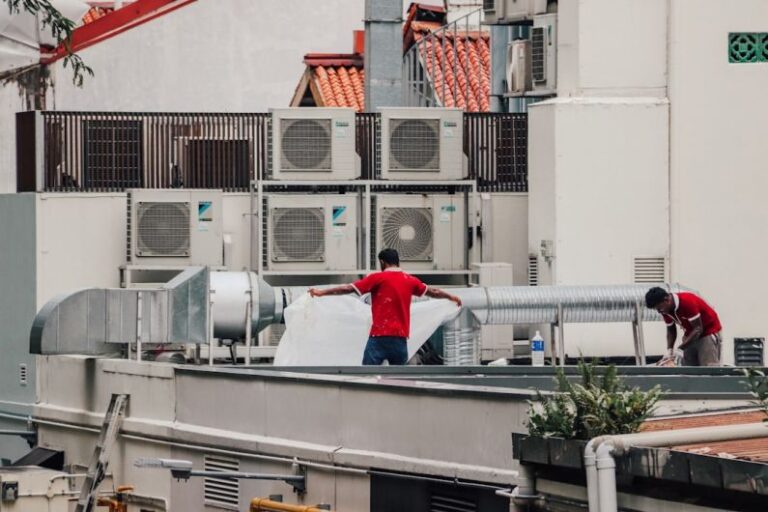
Smart thermostats are revolutionizing the way we control the temperature in our homes, offering convenience, energy savings, and enhanced comfort. When paired with air conditioners, these intelligent devices can optimize cooling efficiency and provide users with greater control over their indoor climate. In this article, we will delve into the workings of smart thermostats in conjunction with air conditioners, exploring how these technologies interact to create a more comfortable and energy-efficient living environment.
The Basics of Smart Thermostats
Smart thermostats are advanced devices that are designed to regulate the temperature of a building by connecting to the heating and cooling systems. They are equipped with sensors that can detect temperature changes and adjust settings accordingly. What sets smart thermostats apart from traditional thermostats is their ability to learn user preferences, adapt to usage patterns, and be controlled remotely through smartphone apps or voice commands.
Smart thermostats offer a range of features such as programmable schedules, energy usage tracking, and compatibility with smart home ecosystems. These devices can also provide insights into energy consumption, allowing users to make informed decisions about their heating and cooling habits. When integrated with air conditioners, smart thermostats can enhance the overall efficiency of the cooling system and contribute to energy savings.
Integration with Air Conditioners
When connected to an air conditioner, a smart thermostat serves as the brain of the cooling system, coordinating its operation based on user inputs and environmental conditions. By communicating with the air conditioner, the smart thermostat can set the desired temperature, adjust fan speeds, and schedule cooling cycles to maintain comfort while maximizing energy efficiency.
One of the key benefits of integrating a smart thermostat with an air conditioner is the ability to create customized cooling schedules that align with the occupants’ daily routines. Users can program the thermostat to adjust the temperature settings automatically throughout the day, ensuring that the home is comfortable when they are present and conserving energy when they are away.
Smart thermostats also offer features like geofencing, which uses the location of connected smartphones to determine when occupants are approaching or leaving the home. This technology allows the thermostat to adjust the temperature settings based on the occupants’ proximity, ensuring that the home is at the desired comfort level upon their arrival.
Remote Access and Control
One of the standout features of smart thermostats is their remote access capabilities, which enable users to monitor and control their cooling system from anywhere with an internet connection. Through smartphone apps or web interfaces, users can adjust temperature settings, view energy usage data, and receive alerts or notifications regarding system performance.
Remote access comes in handy when users are away from home and need to adjust the temperature settings on the fly. Whether returning home earlier than expected or extending a vacation, users can ensure that their living space is comfortable upon their arrival without wasting energy by cooling an empty house.
Energy Efficiency and Cost Savings
By optimizing the operation of air conditioners, smart thermostats can help reduce energy consumption and lower utility bills. The ability to program schedules, adjust settings remotely, and receive energy usage insights empowers users to make informed decisions that lead to more efficient cooling practices.
Additionally, smart thermostats can adapt to changing conditions in real-time, making automatic adjustments to maintain comfort while minimizing energy waste. By leveraging features like occupancy sensors, weather forecasting, and adaptive learning algorithms, smart thermostats can fine-tune the cooling system’s performance to achieve optimal efficiency.
Conclusion: Enhancing Cooling Efficiency with Smart Technology
Smart thermostats offer a seamless way to enhance the performance of air conditioners, providing users with greater control, convenience, and energy savings. By integrating these intelligent devices into the cooling system, homeowners can enjoy a more comfortable living environment while reducing their environmental impact and utility costs. With advanced features like remote access, programmable schedules, and energy usage tracking, smart thermostats are transforming the way we interact with our air conditioners, ushering in a new era of smart cooling technology.





